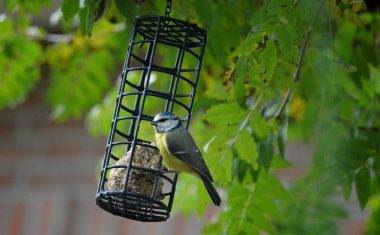Using this guide
If you prefer to print this information out, click the purple printer icon at the top of the page. This will give you a print friendly version.

If you prefer to print this information out, click the purple printer icon at the top of the page. This will give you a print friendly version.
Gardens and outside places can bring many benefits. They can appeal to the senses and inspire us with their beauty. They can be a place to pause and be at peace. We can be active in our gardens, engaging our body and brain. Or, we can enjoy spending time outside with friends and family.
When thinking about the design of your garden, the most important question is what would you like to do in it. This will help create a space that encourages you outdoors and to stay for longer. You may find your garden inspires you to try new things. It may also become a home for non-gardening day to day uses, from enjoying a drink to where you read a book.
These are some helpful things to think about with garden design if you are living with dementia.
1. Make it accessible
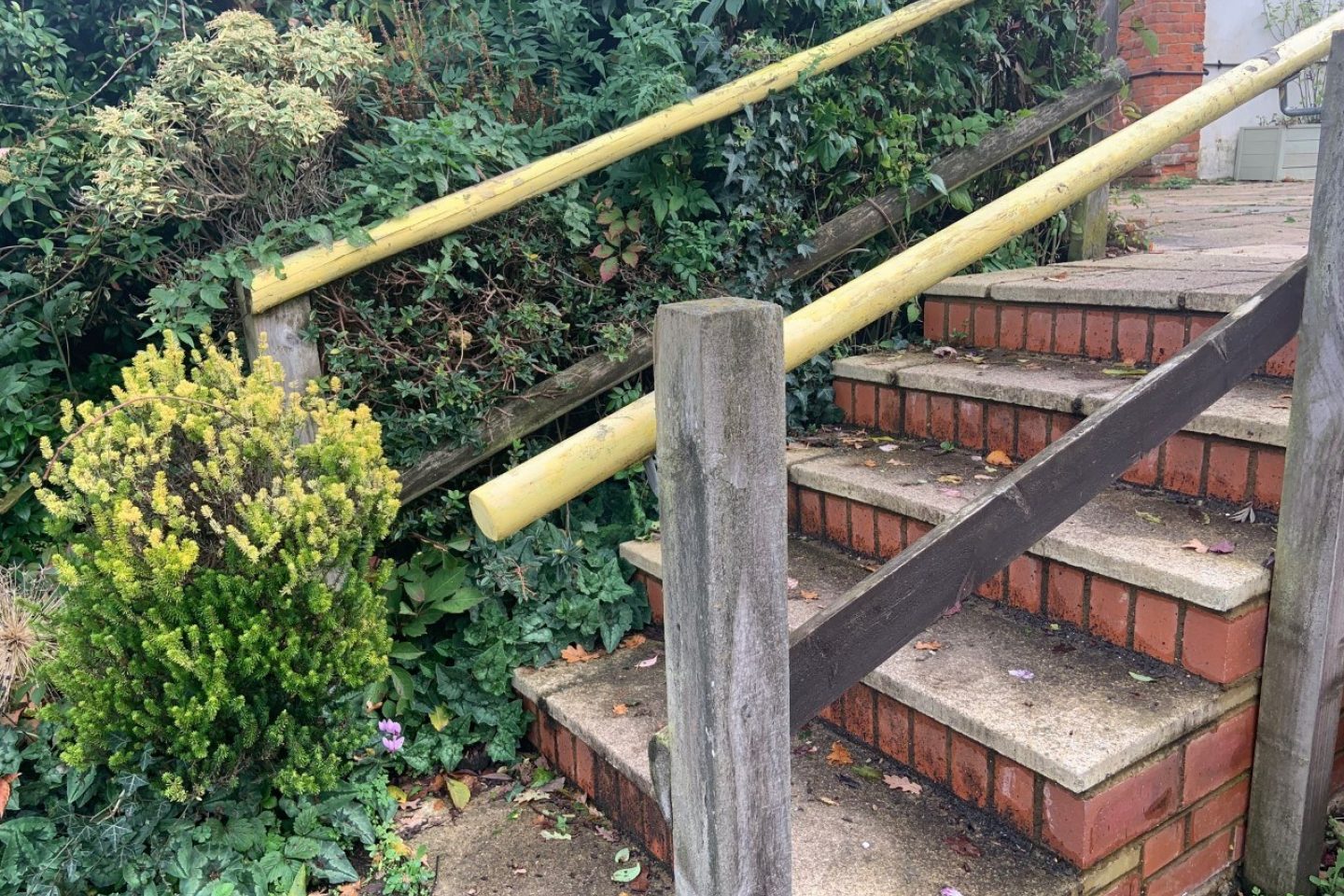
When it is easy to get into and around your garden, you are more likely to spend time there. It may be helpful to make a few changes, such as:
Read our guide to accessible garden design for detailed advice.
2. Keep it manageable
Our garden should be a place we want to spend time in. If it gets to the point that it feels like too many jobs need doing, there are ways to make it easier to manage:
We live in an apartment, fortunately we have a patio and grow plants in containers.
Survey respondent, gardening and dementia
3. Create an interesting journey
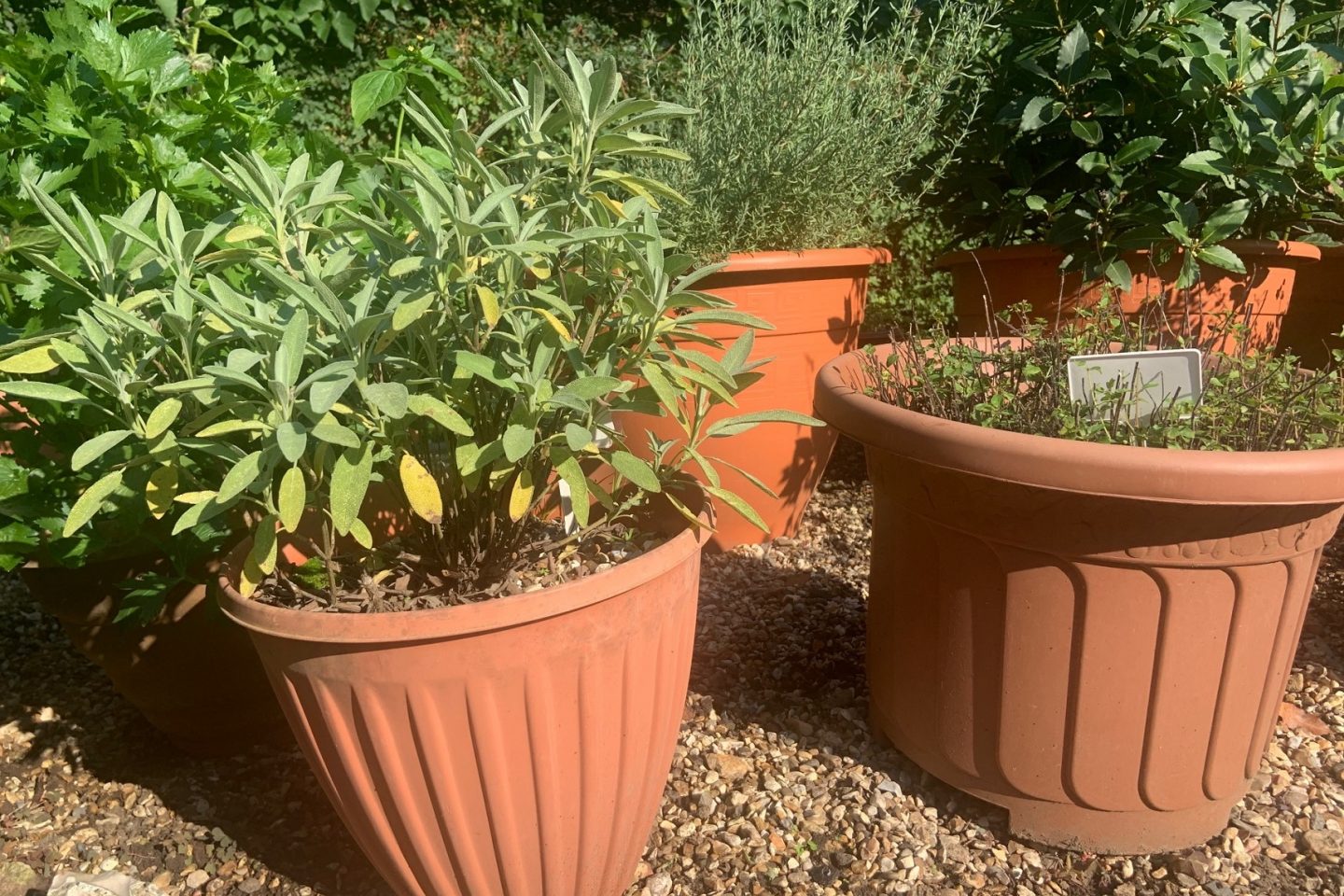
There are ways to make your garden simple and enjoyable to travel around.
You could have a path in place that creates a loop around your garden, bringing you back to the house again.
As you walk around your garden, large or prominent features can give you interesting places to stop and pause at. They can also help identify where you are. Trees, sculptures, bird tables, water features and big pots can all bring enjoyment through the seasons.
4. Have plenty of places to sit
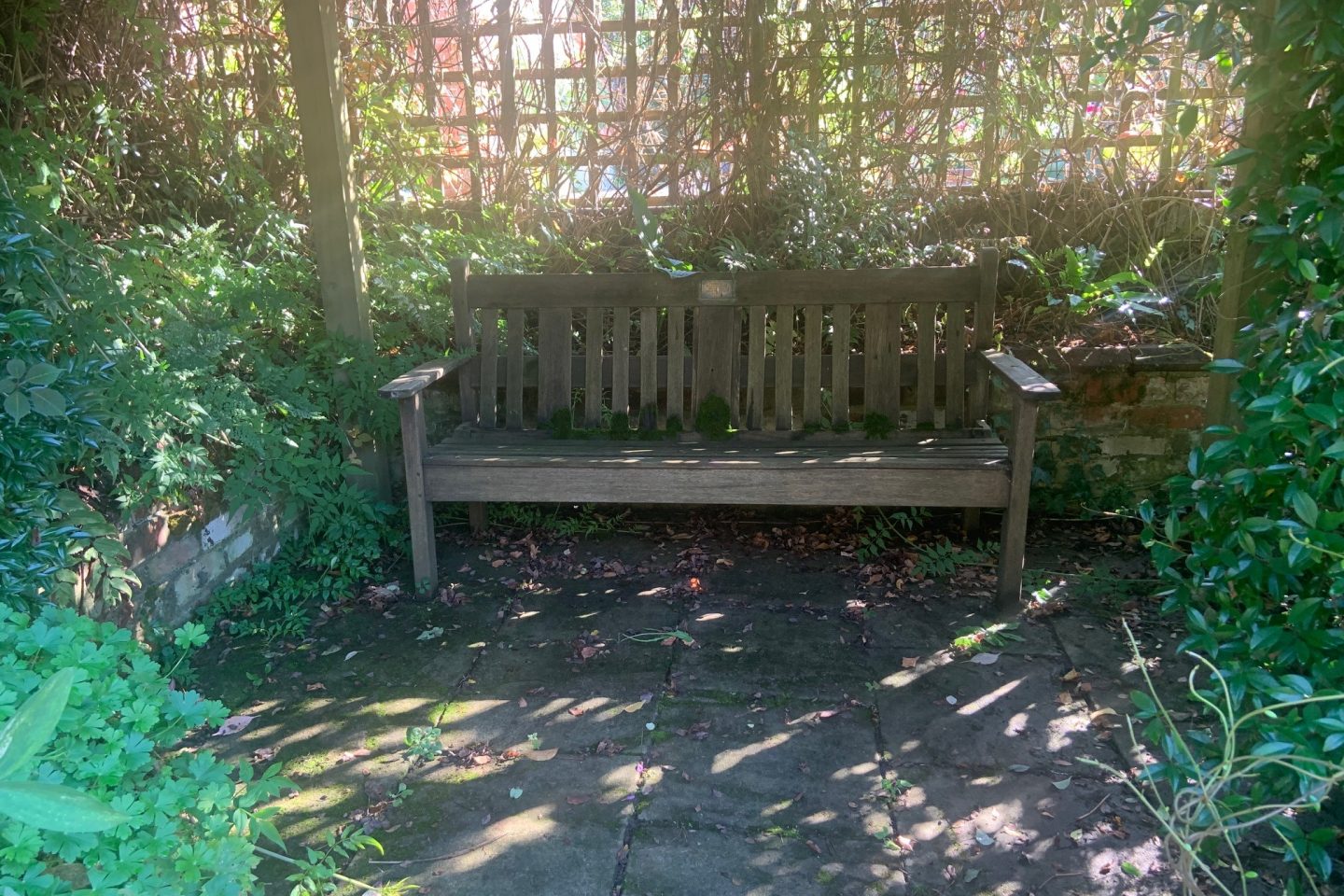
Having several places to sit will help you get into the garden more and enjoy it from different angles.
Having a bench nearby to sit upon to rest, watch nature, and meditate has been wonderful.
Survey respondent, gardening and dementia
Think about the different things you like to do. You may want a seating area that includes table space. This way, you will have places to simply sit, along with somewhere to eat, drink, chat with friends and family, do crafts and table top gardening activities.
Think about where seats are placed, so you have something enjoyable to look at. It’s a good idea to have seated areas protected from very bright sunshine, deep shade or strong wind.
I can sit and watch my wife frequently fall asleep on the bench.
Survey respondent, gardening and dementia
5. Sensory stimulation
All gardens stimulate the senses in some ways. You can design your garden so it’s even more interactive and sensory all year around. You may want to include:
I enjoy seeing brightly coloured flowers and vivid greens.
Survey respondent, gardening and dementia
Find the right level of sensory stimulation for you. Balance enjoyment and interest with not making it too overwhelming.
Discover more ideas in our guide to sensory gardens.
Or, follow our steps for a successful wildlife garden.
I like creating wildlife habitats – bird boxes, insect and bug hotels, hedgehog shelters.
Survey respondent, gardening and dementia
6. Review any hazards
All gardens have things that could be hazards. You might prefer to remove / adapt some of these if they are affecting your enjoyment of your garden:
7. Create an inspiring view from your window
Gardens can bring happiness when you’re inside looking out at them.
Think about the view from any windows that overlook your garden. Even if your view is just of a blank wall or fence, could you add something for inspiration?
Hanging baskets with strawberries, tubs of runner beans and bird feeders are all good options. You can enjoy watching them grow or follow the movement of feathered friends.
You may find an inspiring view tempts you into the garden more often!
In a survey on gardening and dementia from Thrive and Dementia Adventure in 2022, we asked people if they had any photos from their own gardens they were happy to share.
These are some of the wonderful responses we had.
1. A haven created together




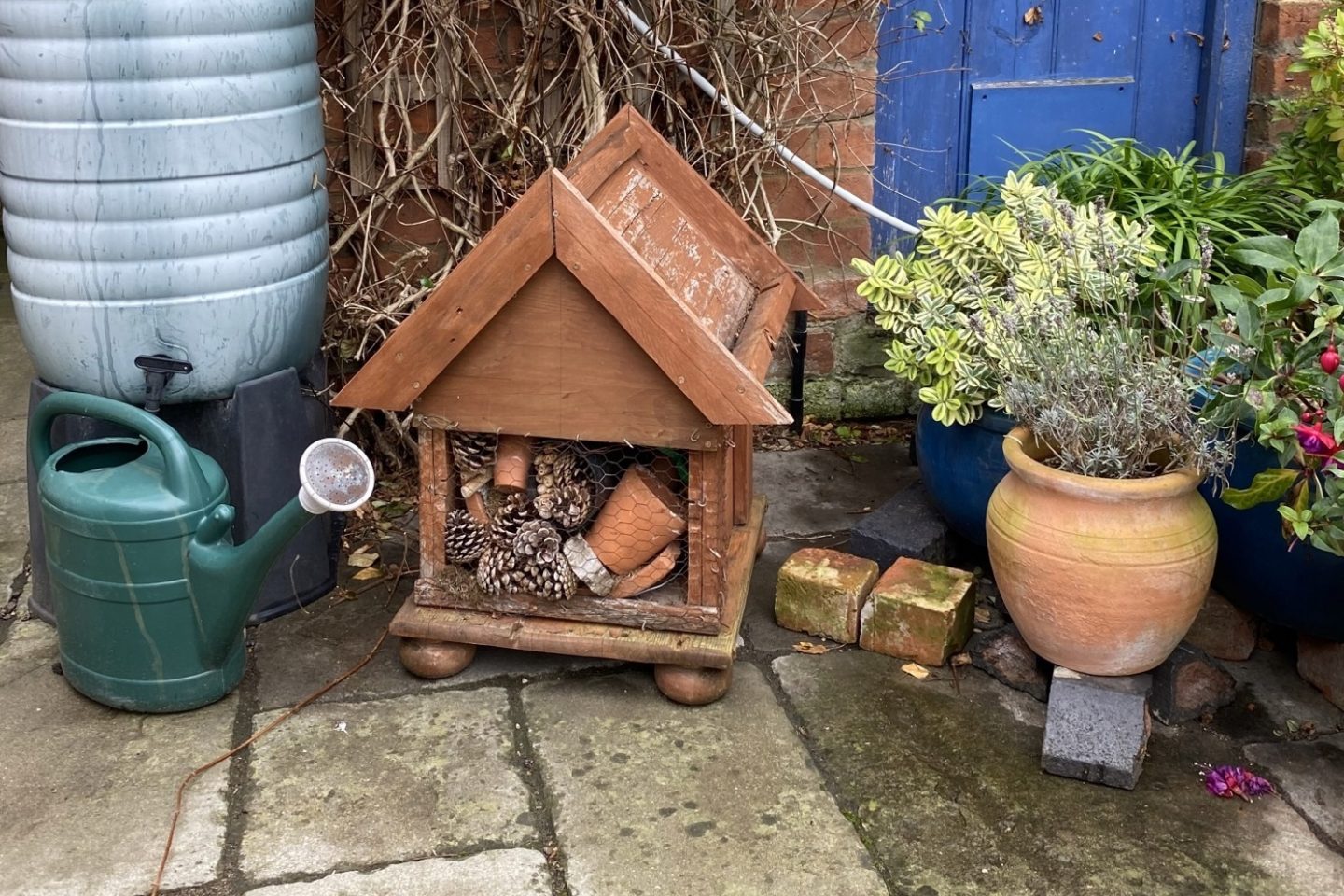
This is a lovely example of a garden full of different things to do.
“We fill bird feeders – the birds are great therapy,” says the garden owner. “We have raised beds and grow vegetables. A friend guides my husband, which gives him company.”
“From the apple tree, the carer and my husband make crumble – he chops the apples. They also made a bug house. A DIY friend added wood so now it’s a Swiss chalet bug house!”
“It really is a matter of using what you've got. We're blessed with people, voluntary friends and paid, to use their skills to guide my husband living with Alzheimer’s so he enjoys it all. It really isn't all me, I'm the main carer / ideas person / manager!”
2. Pathways Care Farm

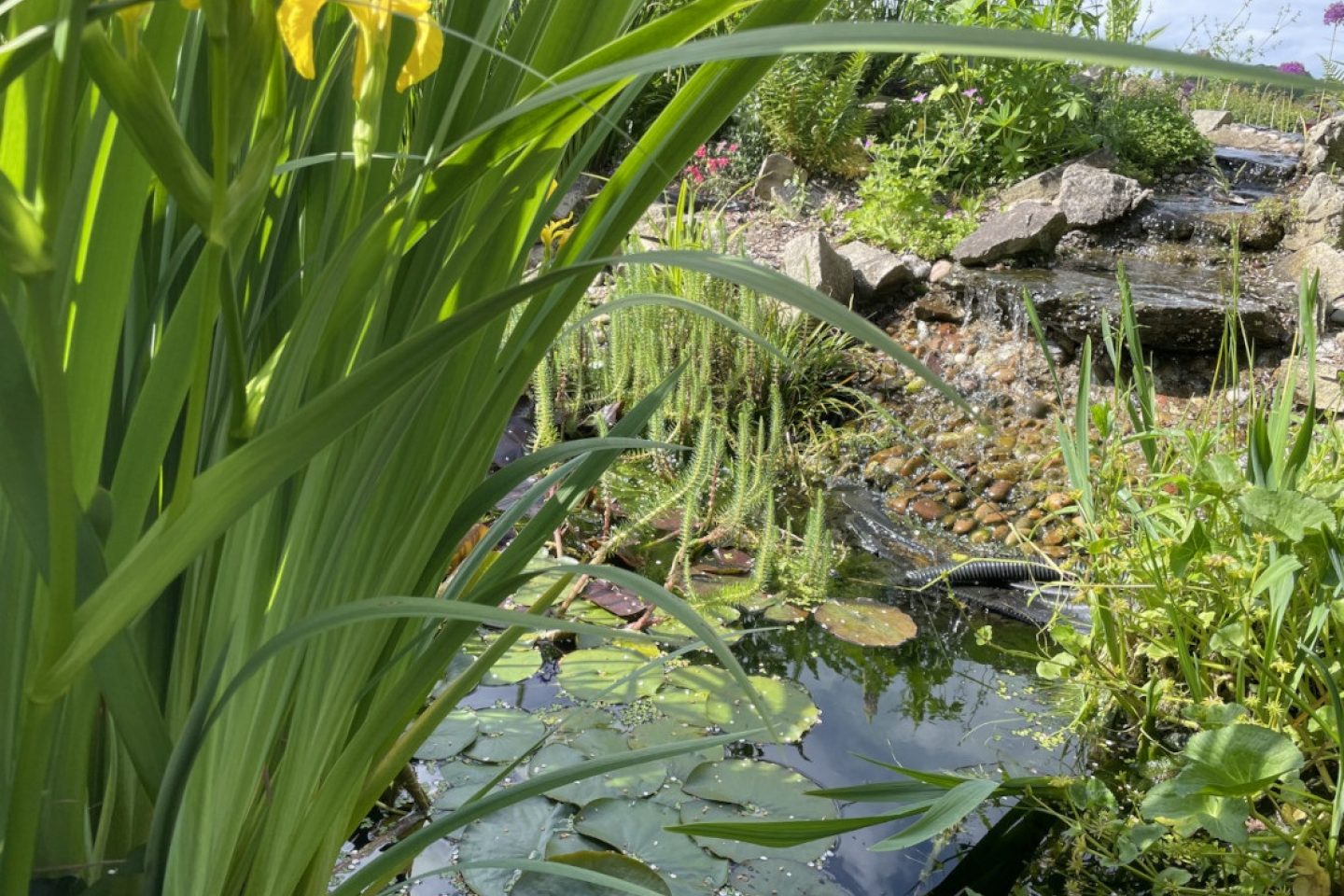
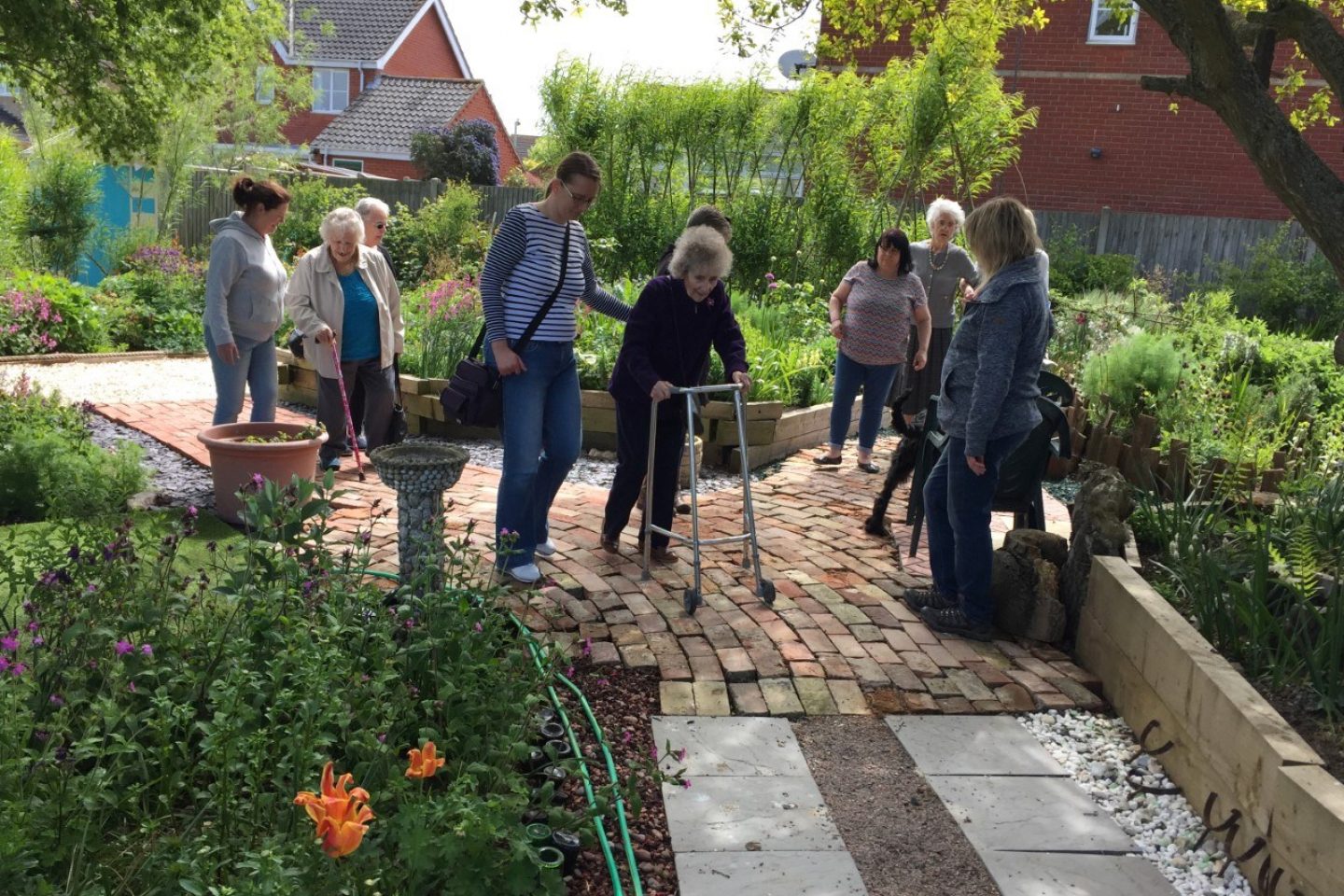

Pathways Care Farm, in Lowestoft, is a productive 13-acre site. It provides a place where people are supported to learn, re-build and grow through a range of activities including planting and crop cultivation.
As well as the opportunity for activity, it offers an oasis of calm. There are spaces for people to sit and contemplate, enjoying the natural habitat and walkways.
3. Food and flowers


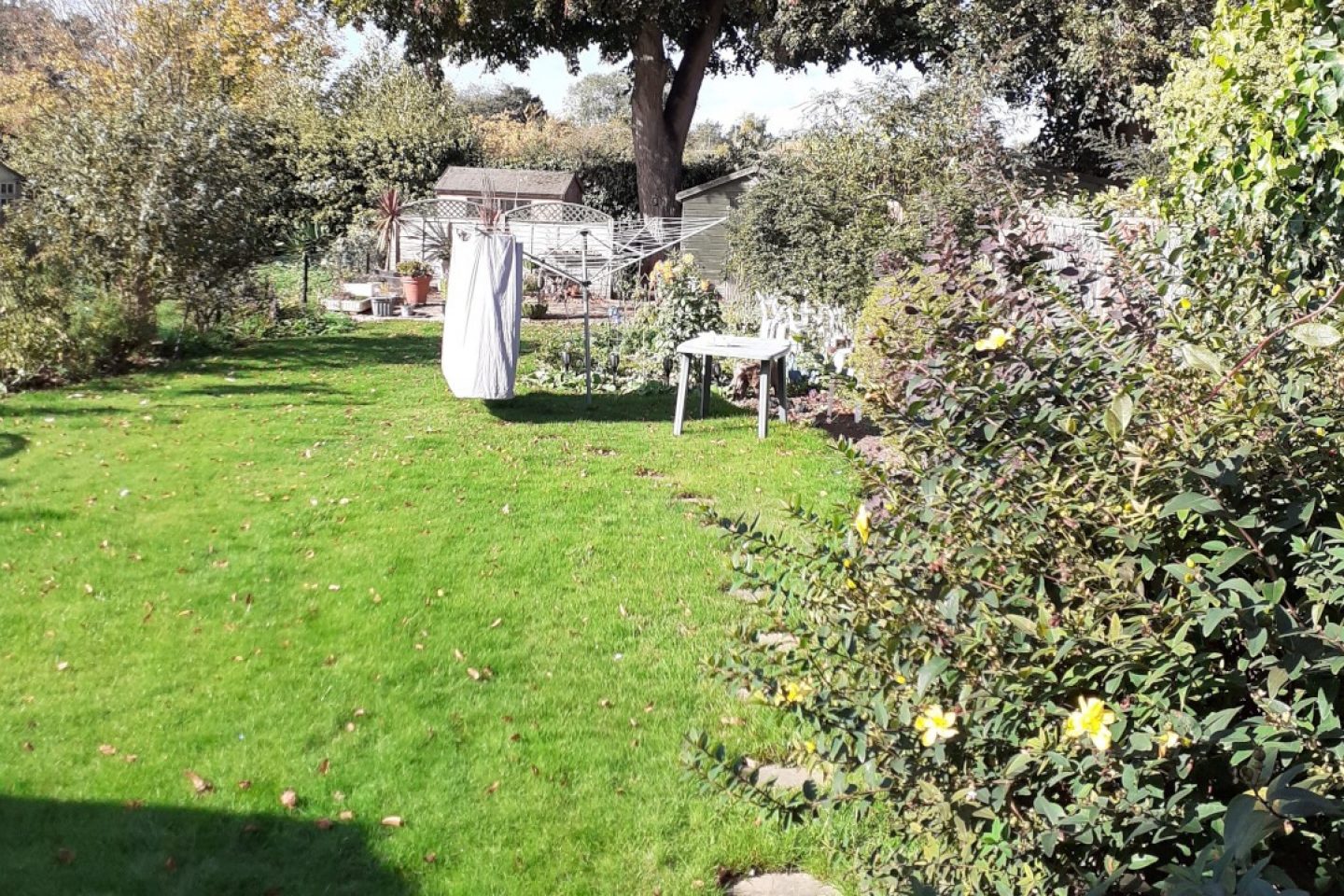
This is an example of a garden that offers enjoyment in so many different ways.
“Our garden has a veggie plot big enough for us to grow what we want,” says the owner. “This year, I started growing dwarf French beans, peas indoors. The peas just rotted off and the dwarf French beans weren't very successful! We put straight into the ground six tomato plants a friend grew for me - they have been super successful.”
“My mission has been to only put perennials in the garden so it’s not quite so much work. All new plants have to be bee friendly, butterfly, moth or bird friendly. I buy plants when they are cheaper and nature them on. Oh, the thrill of seeing a sad 25p fuchsia survive the winter and thrive into a beautiful plant.”
“I love my successes but if something doesn't grow, it’s not my fault it’s nature. After a particularly difficult day I wander round my garden, dead-heading and talking to my plants. Just sitting in the garden watching bees and other insects is so calming. I practice deep breathing, clear my head of worries.”
“My hubby, who has Alzheimer’s, likes to spend time pottering in the garden. He can't remember what to do but he deadheads a bit. He loves pulling dead leaves from ivy where robins come and sit near him and sing, giving him great pleasure. Or, just sitting and watching red kites, pigeons, jackdaws and the squirrels that have a dray in the huge lime tree at the bottom of the garden.”
Many people need some extra help with their garden. This could be a regular gardener, or help with a one-off job. Here are some sources of support.
1. Family and friends
Gardening can be a wonderful, shared activity. You may have a family member, friend or other supporter who would be happy to work with you. You may find this encourages you both outside more often.
I’m supporting my husband with young onset mixed dementia, so we spend a lot more time at home. Gardening gives me a focus and valuable time outdoors and hubby enjoys looking at the results.
Survey respondent, gardening and dementia
2. A garden buddy service
Some organisations offer buddying or befriending schemes. What is available can change depending on location. You could try:
3. Paid help
You may want help from a professional gardener, or landscaper. Our guide to getting help with your garden offers advice on finding a trusted person and some sources of funding.
Find ideas for gardening activities to suit your mood, plus tips on finding motivation and useful tools.
Read guide